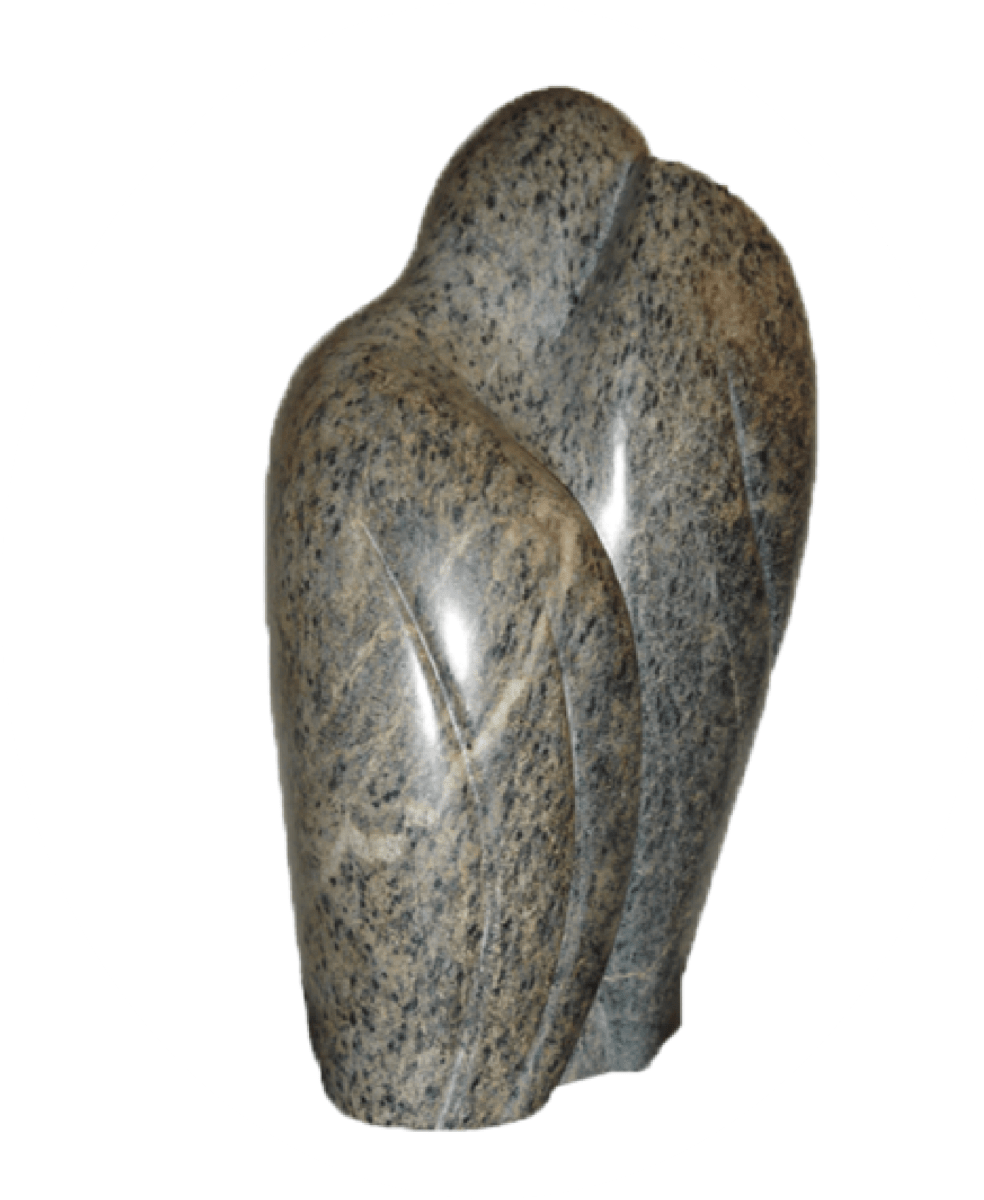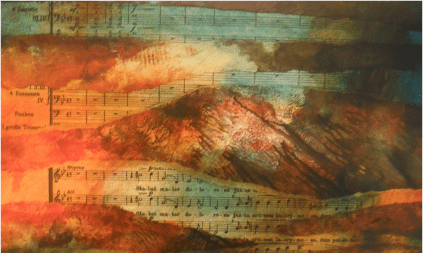Giuseppe Gazzaniga
About the composer
Giuseppe Gazzaniga (1743-1818) was born in Verona and died in Crema, Italy. He followed musical studies in Venice and Naples.
The first part of his life he devoted mostly to operatic works, but after 1791, when he became maestro di capella in Crema, he composed mostly sacred music. His Stabat Mater per soli, coro a 4 voci miste, orchestra e organo was certainly created in this period.
About the Stabat Mater
| Date: | ca. 1800 |
| Performers: | Soprano, alto, tenor, bass, choir, orchestra and organ |
| Length: | 32.02 minutes |
| Particulars: | The work is divided into 9 parts. The musical style seems to be influenced by Mozart, but is interesting in the way the oboes and French horns are used. It is a pity that the stanzas 8, 9 and 16, 17, 18, which do exist, have been left out in recording this CD (Shaded in the colorbar). |
| Textual variations: | The text of the "Analecta"-version is used, but with following variations: |
| Colour bar: |
|
Information about the recording
| CD: | Bongiovanni GB 5518-2: Giuseppe Gazzaniga, Stabat Mater – Gloria |
| More info: | Two sacred works from Gazzaniga, one from his youth (Gloria), the other from maturity. Recorded at the Cattedrale di Verona, March 1992. |
| Orchestra: | Capella Musicale della Cattedrale di Verona |
| Choir: | Capella Musicale della Cattedrale di Verona |
| Conductor: | Alberto Turco |
| Soloists: | Lucia Viviani, soprano |
| Other works: | Giuseppe Gazzaniga, Gloria |
| Code: | GAZ-01 |





